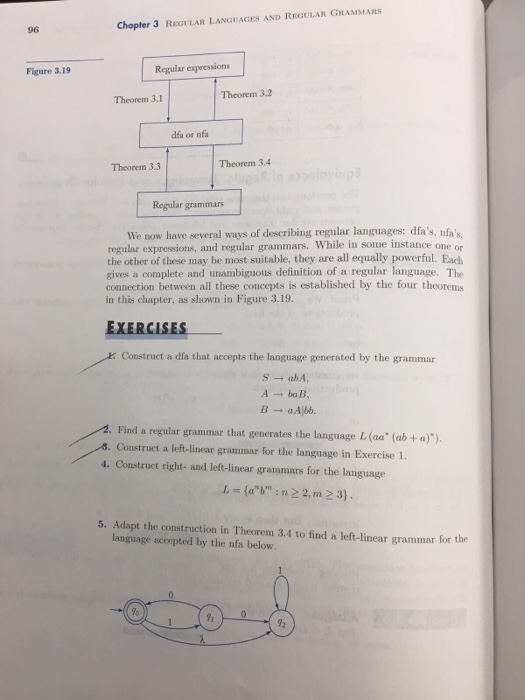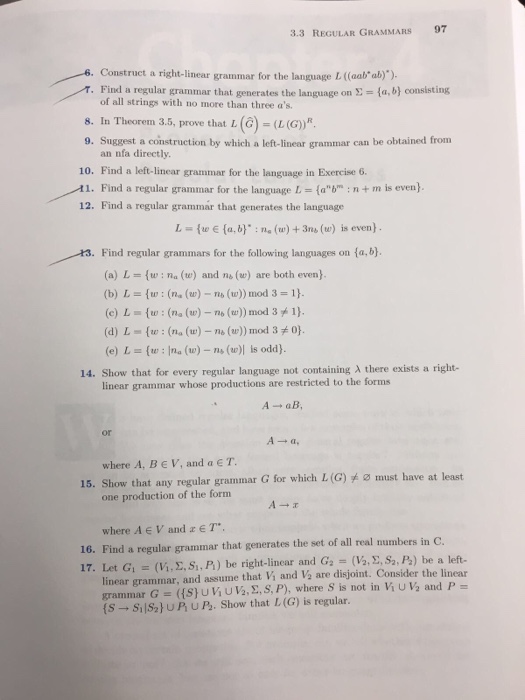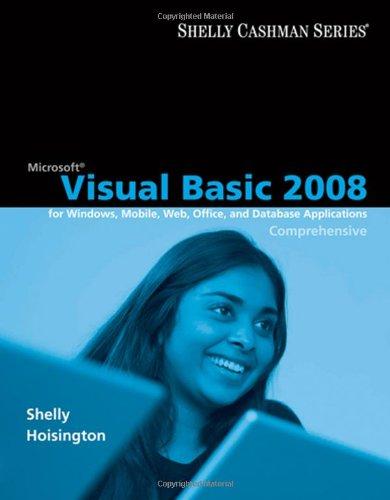Answered step by step
Verified Expert Solution
Question
1 Approved Answer
The Questions whitch have marks. Thanks Figure 3.19 Chapter 3 REGULAR LANGUAGES AND REGULAR GRAMMARS Regular expressions Theorem 3.1 dfa or n Theorem 3.4 Theorem
The Questions whitch have marks. Thanks 

Figure 3.19 Chapter 3 REGULAR LANGUAGES AND REGULAR GRAMMARS Regular expressions Theorem 3.1 dfa or n Theorem 3.4 Theorem 3.3 Regular grammars We now have several ways of describing regular languages: dfa's, nfa's regular expressions, and regular grammars. While in some instanc one or the other of these may be most suitable, they are all equally powerful. Each gives a complete and unambiguous definition of a regular language. The connection between all these concepts is established by the four theorems in this chapter, as shown in Figure 3-19. K Construct a dfa that accepts the language generated by the grammar A ba B, B aAlbb. 2. Find a regular grammar that generates the language L (aa" (ab a) s. Construct a left-linear grammar for the language in Exercise 1 4. Construct right- and left-linear grammars for the language 2 3) 5. Adapt the construction in Theorem 3.4 to find a left-linear grammar for the language accepted by the nfa below 

Step by Step Solution
There are 3 Steps involved in it
Step: 1

Get Instant Access to Expert-Tailored Solutions
See step-by-step solutions with expert insights and AI powered tools for academic success
Step: 2

Step: 3

Ace Your Homework with AI
Get the answers you need in no time with our AI-driven, step-by-step assistance
Get Started


